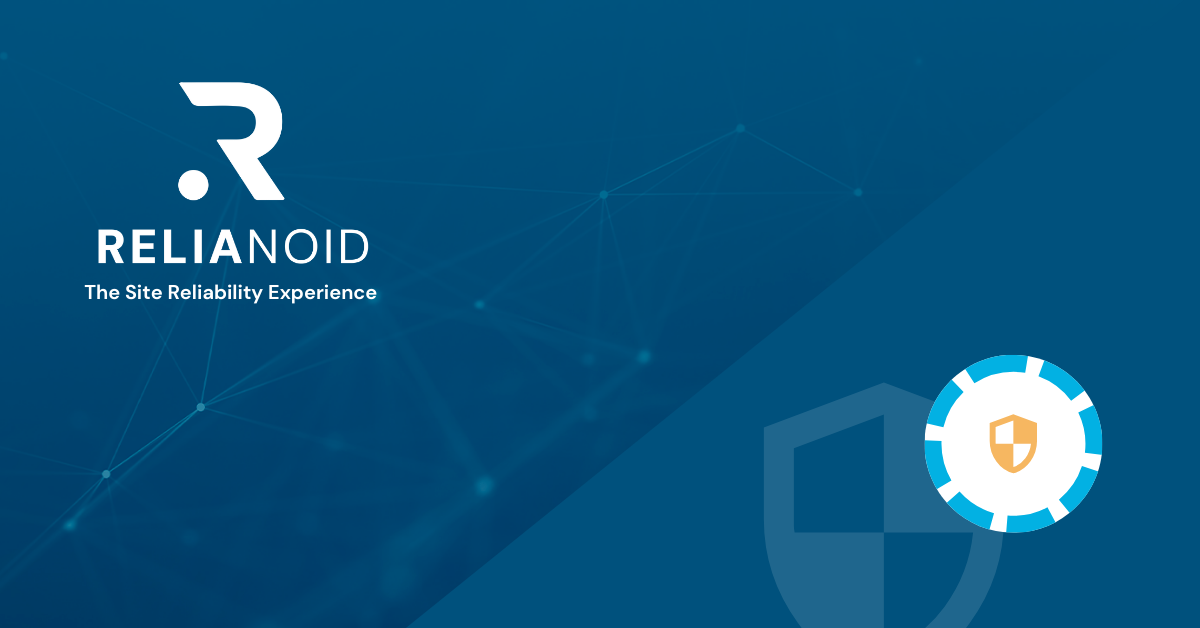
Healthcare, much like any other industry, faces significant vulnerabilities to security threats. Presently, the healthcare sector experiences a prevalent occurrence of cyberattacks, which pose substantial security risks demanding immediate attention from healthcare organizations.
Cybersecurity within healthcare entails safeguarding electronic information and assets against unauthorized access, usage, and disclosure. The overarching objectives of cybersecurity in this context revolve around preserving the confidentiality, integrity, and accessibility of critical information.
Importance of cybersecurity in Healthcare
Integrating cybersecurity with patient safety not only safeguards patients’ privacy and well-being but also sustains the seamless delivery of top-tier care by minimizing disruptions that could adversely affect clinical outcomes.
Cybersecurity Healthcare Threats
Maintaining awareness of potential threats that can jeopardize the healthcare industry is of utmost importance.
Phishing
HTTPS Spoofing
Man-In-The-Middle Attack
Malicious Network Traffic
Address resolution protocol cache poisoning
Ransomware
About Healthcare Cybersecurity Framework
The Cybersecurity Framework (CSF) serves as a comprehensive guide, drawing from established guidelines and practices, to effectively reduce cybersecurity risks within the healthcare sector. By upholding sound management processes, this framework not only provides an adaptive and efficient approach but also equips administrators with the means to manage critical data and proactively anticipate cybersecurity threats.
In essence, frameworks serve as invaluable roadmaps for securing IT systems, offering a structured approach to bolstering security. Within the CSF, three primary components are essential:
Profiles: These encompass an organization’s objectives, resources, and assets aligned with the core outcomes of the framework. Profiles facilitate the prioritization of support, adherence to industry standards and best practices, and measurement tailored to specific business requirements.
Framework Core: This element facilitates the communication of cybersecurity risks of all types across the entire organization, fostering a comprehensive understanding and management of these risks.
Implementation Tiers: These tiers assist in determining the appropriate level of depth and thoroughness for a security program, helping organizations tailor their cybersecurity efforts to meet specific needs and circumstances.
Main goals of the Healthcare Cybersecurity Framework
In this section, we delve into the key objectives of the Healthcare Cybersecurity Framework. These goals encompass a continuous commitment to enhancement, articulation of the desired security posture, evaluation of the existing security landscape, monitoring of progress towards the intended posture, and the critical consideration of communication-related risks. Each of these aspects plays a pivotal role in fortifying cybersecurity within the healthcare industry.
Non-stop improvement
Description of target security posture
Description of the current security situation
Assess progress towards target posture
Communication-related risk
Main Compliance Requirements of Cybersecurity in Healthcare
Ensuring healthcare solutions adhere to the stipulations established by national regulatory bodies is of paramount importance. Here are some of the primary compliance requirements:
HIPPA
CCPA
GDPR
PIPEDA
HITECH
Why Cybersecurity Framework in Healthcare
In the healthcare sector, the imperative for data security and privacy has always been evident, necessitating the safeguarding of sensitive information within organizations. While various factors contribute to security breaches, human error stands out as the leading cause. Healthcare professionals may misuse their access to internal systems and the data they contain. The Cybersecurity Framework plays a pivotal role in addressing these concerns by identifying, detecting, responding to, protecting against, and recovering from the consequences of security threats.
This framework comprises a set of best practices in IT security designed for implementation within the healthcare sector. It serves to foster a collaborative approach among stakeholders in understanding and managing healthcare cybersecurity collectively. By facilitating alignment between business and technology policies, the framework enhances security risk management throughout healthcare organizations.
Implementation of Cybersecurity Framework in Healthcare
Prioritization: The foundation of Healthcare Cybersecurity begins with the organization defining its priorities. Strategic decisions are made regarding security threats, and the selection of systems and tools that support the chosen processes is imperative. The Cybersecurity Framework initiates this process by developing a strategy for assessing, framing, monitoring, and responding to risks.
Identifying Management Approaches: Healthcare organizations must ascertain their available resources, including tools, data, personnel, and technologies. They also need to identify the most appropriate regulatory approach, consulting authoritative sources such as means and methods, risk management guidelines, and security standards. Furthermore, calculating the overall risk approach and identifying vulnerabilities within tools and systems is essential.
Focus on a Target Profile: Organizations must establish an overarching strategy to mitigate unique security threats and breaches. This may involve creating categories and subcategories specific to these threats. Target Profiles should be defined for each category and subcategory to guide efforts effectively.
Risk Assessment: The primary objective here is to evaluate the risk level to the information system. Healthcare organizations need to analyze the likelihood of a security breach and its potential consequences. Identifying emerging risks, as well as threats and vulnerabilities, is critical for a comprehensive understanding of the overall risk landscape.
Creation of a Current Profile: Healthcare organizations should conduct a detailed risk assessment to clearly define their existing status. Understanding current Healthcare cybersecurity risks is pivotal. It involves identifying and thoroughly documenting all threats and vulnerabilities.
Gap Analysis and Prioritization: After assessing risks and their impacts, Healthcare organizations move on to gap analysis. The purpose is to compare actual scores with target objectives. This approach facilitates the identification of areas that require focused attention.
Action Plan: Armed with a comprehensive understanding of cybersecurity challenges in healthcare, target objectives, defensive strategies, thorough gap analysis, and a list of necessary actions, healthcare organizations embark on the implementation phase of the framework. This phase involves executing the identified actions to enhance cybersecurity.
How to improve Cybersecurity in Healthcare
Relying solely on a security framework is insufficient to ensure the safety of healthcare businesses. To establish the highest level of protection against cyber threats, it is essential to implement specific preventive measures, including staff education, data usage control, robust logging and monitoring practices, strict access rights implementation, data encryption, risk mitigation for connected devices, and regular data backup.
Last but not least, ensure you’ve the site reliability team on your side. Contact us!



